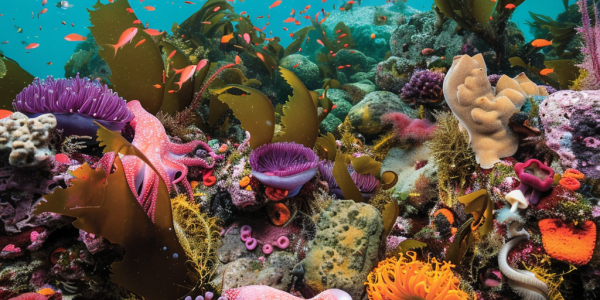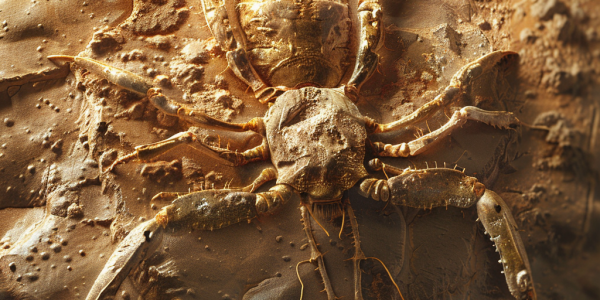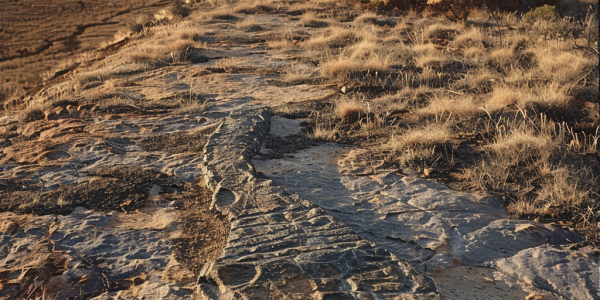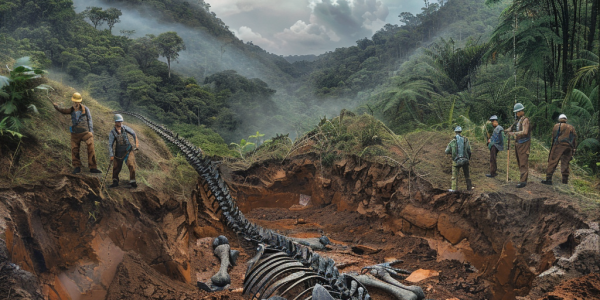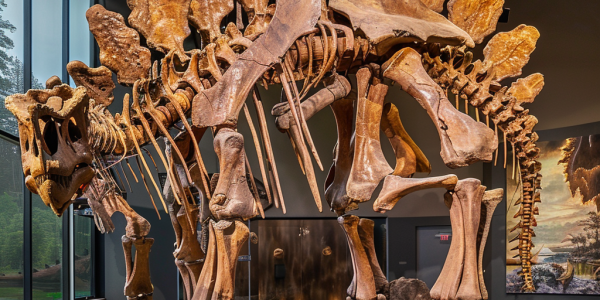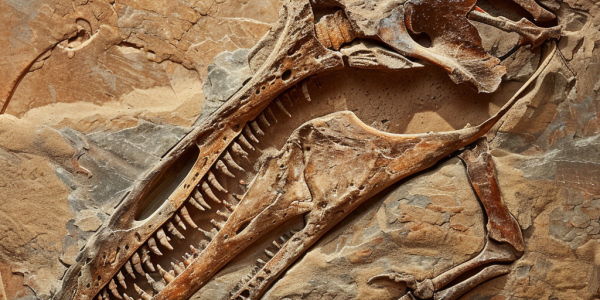Study Reveals Aquatic Organisms as Key Indicators of Environmental Change
A groundbreaking study by the University of South Australia reveals that chemical fingerprints from lesser-known aquatic organisms can serve as vital indicators of historical environmental changes. Led by Dr. Zoe Doubleday, this research highlights the cost-effective potential of using unique chemical signatures from species like sponges and marine mammals to monitor ecosystem health and predict future trends, paving the way for improved conservation strategies amidst climate change.
Rare Whitefly Fossils Discovered in New Zealand Reveal Ancient Forest Ecosystems
Discoveries of rare whitefly fossils in New Zealand provide crucial insights into ancient forest ecosystems. Found in Miocene-age sediments, these exceptionally preserved fossils reveal complex ecological dynamics and expand our understanding of insect diversity in the region. This groundbreaking research highlights the importance of paleontological studies in uncovering the history of life on Earth.
450-Million-Year-Old Arthropod Fossil Unveiled: A New Species Discovered
Astonishing discovery of a 450-million-year-old fossil arthropod, Lomankus edgecombei, unveils new insights into the evolution of ancient life. This well-preserved specimen, found in iron pyrite, highlights the adaptability of arthropods and challenges previous extinction theories. Led by Associate Professor Luke Parry from the University of Oxford, this groundbreaking research emphasizes the significance of megacheirans in understanding the complex history of life on Earth.
Ancient Fossil Discovery Sheds Light on Evolution of Complex Life
A groundbreaking discovery in Australia has unveiled the ancient creature Quaestio simpsonorum, providing crucial evidence of bilateral symmetry and the evolutionary journey of complex life over 500 million years ago. This rare fossil find from the Ediacaran period highlights the significance of paleontology in understanding Earth’s history and the ecological dynamics of early life forms.
Prehistoric Fossils Unearthed at San Pedro High School Renovation
A routine renovation at San Pedro High School in Los Angeles has led to the astonishing discovery of over 200 prehistoric fossils, including megalodon teeth and sabre-toothed salmon. This remarkable find, dating back millions of years, reveals the ancient marine ecosystem of the region and highlights the significance of preserving geological history. As students and researchers delve into this exciting excavation, the implications for paleontology and local education are profound.
Ancient Dinosaur Discovery in Brazil Could Rewrite Evolutionary History
Heavy rains in southern Brazil have led to the discovery of a nearly complete dinosaur skeleton believed to be one of the oldest known, dating back 233 million years. This significant find near São João do Polêsine offers vital insights into the evolution of dinosaurs, particularly the Herrerasauridae family. Researchers are optimistic that this discovery will enhance our understanding of early predatory dinosaurs and their ecological roles during the Triassic period.
Dinosaur Skeleton ‘Apex’ Sells for Record $44.6 Million at Sotheby’s Auction
Discover the record-breaking sale of the dinosaur skeleton ‘Apex’ at a recent Sotheby’s auction in New York City, where it fetched an astounding $44.6 million. Standing at 11 feet tall and stretching 27 feet long, this stegosaurus skeleton is one of the most complete ever found. Learn about the intense bidding, the anonymous buyer’s commitment to keeping ‘Apex’ in America, and the enduring fascination with dinosaurs in the world of collectors and researchers.
Neanderthals Showed Care for Individuals with Disabilities, Study Finds
Recent archaeological discovery in Spain reveals Neanderthals cared for individuals with disabilities, challenging stereotypes. Study led by paleoanthropologist Mercedes Conde-Valverde highlights intensive care provided to Neanderthal child with Down syndrome. Fossilized ear bone found in Valencia cave sheds light on communal support within Neanderthal groups over 146,000 years ago.
Ancient Marine Reptile Fossil Unearthed in Southern Hemisphere
A groundbreaking discovery in the field of paleontology has shed new light on the evolution of marine reptiles in the Southern Hemisphere. The oldest fossil of its kind has been unearthed, dating back to the Triassic period, making it a significant find for researchers. Describing the creature as a reptilian equivalent of a sea lion with otter-like features, this fossil provides valuable insights into the evolution of life following a catastrophic event 252 million years ago.
New Extinct Species of Monotremes Discovered in Australia
Recent discoveries in paleontology reveal three new extinct species of egg-laying mammals in Australia, shedding light on the evolution of monotremes. The ‘echidnapus,’ Opalios splendens, a blend of platypus and echidna features, lived during the Cretaceous period. Lightning Ridge in New South Wales was a hotspot for these furry egg-layers around 100 million years ago. Unearthed fossils offer valuable insights into Australia’s prehistoric past, emphasizing the need to revisit old fossils.

